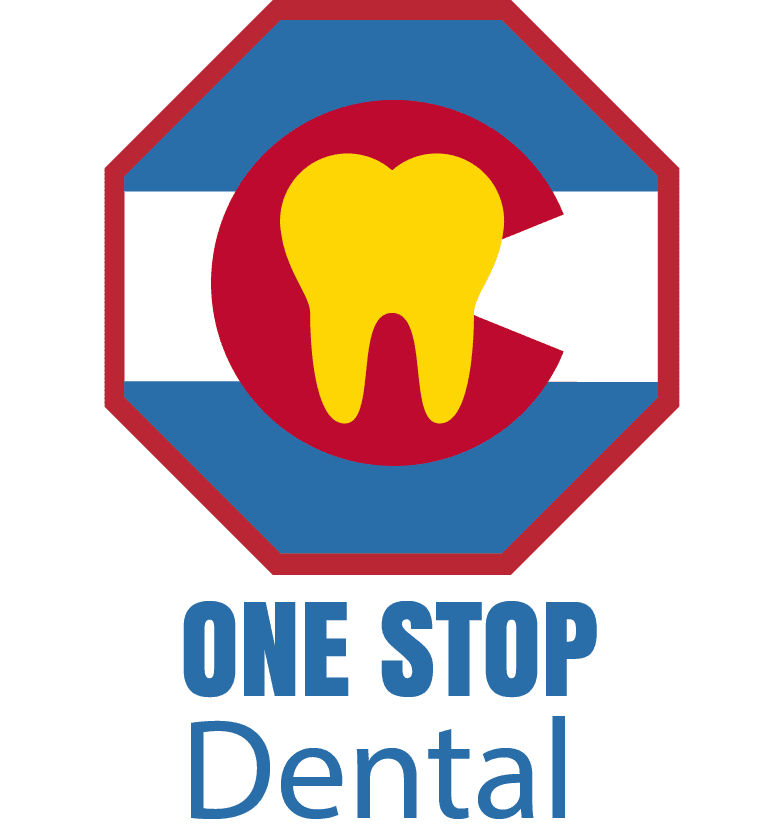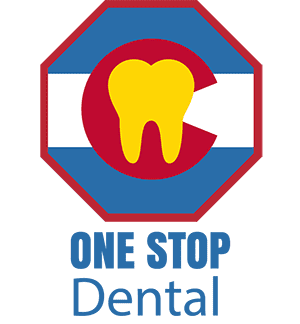Are you curious about the benefits and process of tooth extraction for crowded teeth? Tooth extraction for crowded teeth can alleviate discomfort and create space for proper alignment, while the procedure itself is straightforward and typically performed by a dental professional.
Tooth Extraction for Crowded Teeth: Pre-extraction Consultation Process
Tooth extraction for crowded teeth begins with a comprehensive pre-extraction consultation process. During this initial phase, dental professionals assess the overall oral health of the patient and determine the necessity of extracting one or more teeth to alleviate crowding. This evaluation often includes a thorough examination of the mouth, dental X-rays, and a discussion of the patient’s dental history. The goal is to ensure that the extraction will effectively address the crowding issue while maintaining the integrity of the surrounding teeth and gums.
The pre-extraction consultation is a crucial step in planning the tooth extraction for crowded teeth. It provides an opportunity for patients to understand the procedure, discuss any concerns, and explore options for post-extraction care. For those seeking more information on accessible dental services, visiting Affordable Tooth Extraction Near Me: Find Quality Care can be a helpful resource. This stage sets the foundation for a successful extraction process, ensuring that both the patient and dental professional are aligned on the expected outcomes and any necessary follow-up care.
Types of Tooth Extractions
Tooth extraction for crowded teeth is a common dental procedure that can help alleviate discomfort and improve oral health. There are two primary types of tooth extractions: simple and surgical. A simple extraction is performed on teeth that are visible in the mouth and can be removed with standard dental tools. This type of extraction is typically quick and involves minimal discomfort. On the other hand, a surgical extraction is necessary for teeth that are not easily accessible, such as impacted teeth or those that have broken off at the gum line. Surgical extractions are more complex and may require an incision in the gum tissue to access the tooth.
Understanding the different types of tooth extractions is essential for anyone considering this procedure to address crowded teeth. Each type of extraction has its own set of considerations, and the choice between them depends on the specific condition of the teeth involved. For those seeking more information about tooth extraction options, including both simple and surgical procedures, you can explore more about Colorado Springs Tooth Removal Services.
Local Anesthesia Application
During the process of tooth extraction for crowded teeth, local anesthesia plays a crucial role in ensuring patient comfort and minimizing pain. This type of anesthesia is administered to numb the specific area where the extraction will take place, allowing the procedure to be performed smoothly and efficiently. By blocking the nerve signals in the targeted region, local anesthesia helps patients remain relaxed and at ease throughout the tooth extraction for crowded teeth, making it a vital component of the overall process.
Extraction Procedure Duration
When considering tooth extraction for crowded teeth, understanding the duration of the procedure can help set expectations. Typically, the extraction process itself is relatively quick, often taking about 20 to 40 minutes per tooth, depending on the complexity of the case and the position of the tooth. This timeframe includes the administration of local anesthesia to ensure comfort throughout the procedure. It’s important to note that while the extraction may be swift, additional time may be needed for preparation and post-extraction care instructions. For those in need of more information or seeking a reliable dental practice, One Stop Dental in Colorado Springs offers comprehensive insights into procedures like tooth extraction for crowded teeth. Visit their Colorado Springs Dentist page for more details.
Post-extraction care instructions
After undergoing a tooth extraction for crowded teeth, it is essential to follow proper post-extraction care instructions to ensure a smooth recovery. This process typically involves managing any discomfort and allowing the extraction site to heal effectively. Patients are generally advised to avoid certain activities that might disrupt the healing process, such as vigorous rinsing or using straws, which can dislodge the blood clot forming in the socket. Maintaining oral hygiene is crucial, but it should be done gently around the extraction area to prevent irritation. By adhering to these general care guidelines, individuals can support their body’s natural healing process following a tooth extraction for crowded teeth.
Recovery Time Expectations
When it comes to tooth extraction for crowded teeth, understanding the recovery time expectations is crucial for anyone considering this procedure. Generally, the initial healing phase can take a few days, during which patients might experience some swelling and discomfort. However, complete recovery from a tooth extraction for crowded teeth typically spans a couple of weeks, as the gums and surrounding tissues gradually heal. It’s important to allow the body ample time to recover fully, ensuring that the mouth returns to its optimal state post-extraction.
Factors Affecting Extraction Time
When it comes to tooth extraction for crowded teeth, several factors can influence the duration of the procedure. The complexity of the tooth’s position, such as whether it’s impacted or fully erupted, plays a significant role. Additionally, the number of teeth being extracted and their location in the mouth can affect the time required. The patient’s overall oral health and any underlying conditions may also contribute to the length of the extraction process. Each case is unique, and these variables collectively determine how long the tooth extraction for crowded teeth will take.
Managing Pain After Extraction
After undergoing a tooth extraction for crowded teeth, it’s common to experience some level of discomfort as your mouth begins to heal. The body’s natural response to the procedure can lead to swelling and tenderness in the affected area. While this is a normal part of the healing process, understanding that these sensations are temporary can provide reassurance. It’s important to allow your body the time it needs to recover fully, as this will contribute to the overall success of the tooth extraction for crowded teeth.
When to Contact Your Dentist
If you’re experiencing discomfort or misalignment due to crowded teeth, it may be time to consider tooth extraction for crowded teeth. It’s important to reach out to your dentist if you notice persistent pain, difficulty in maintaining oral hygiene, or any changes in your bite. These could be signs that your crowded teeth are impacting your oral health, and a professional evaluation can help determine if tooth extraction is a suitable option for you. Regular dental check-ups are essential in monitoring the condition of your teeth and ensuring that any necessary interventions, such as tooth extraction for crowded teeth, are addressed promptly.
Conclusion
Tooth extraction for crowded teeth can pave the way for a healthier smile, and if you’re considering this procedure, call 719-447-1199 or read reviews on Google Maps to learn more.

